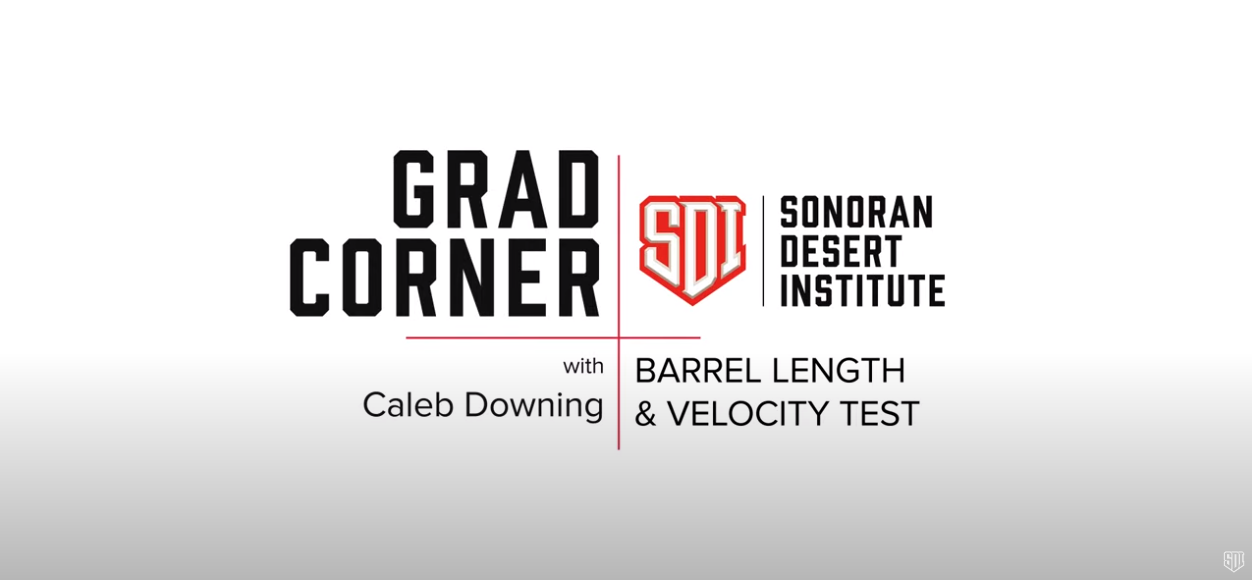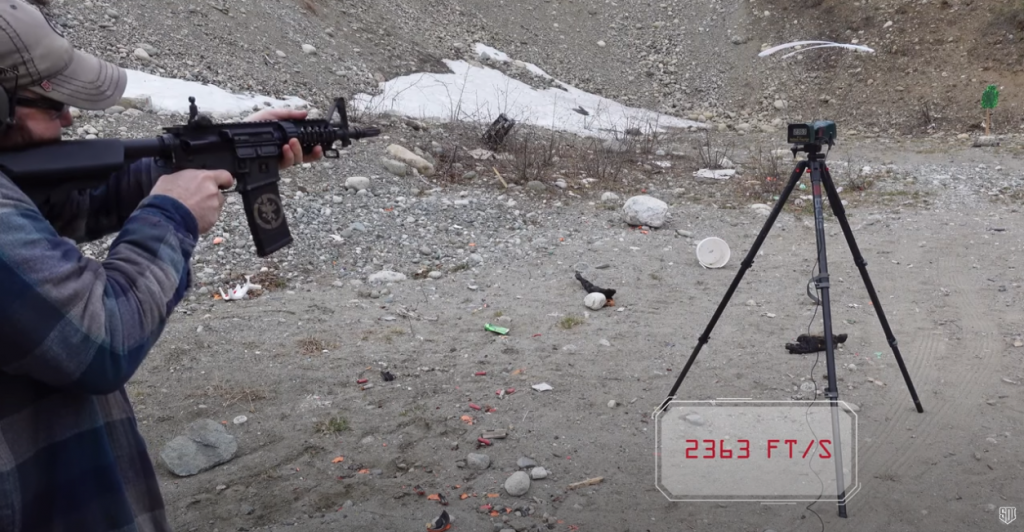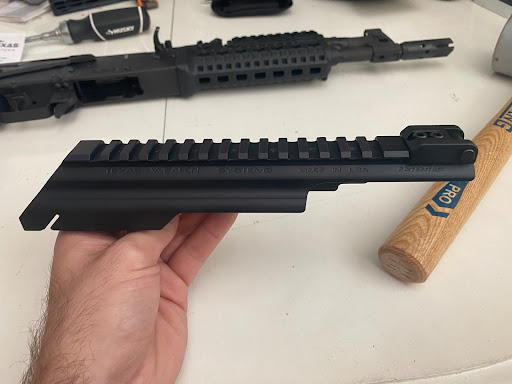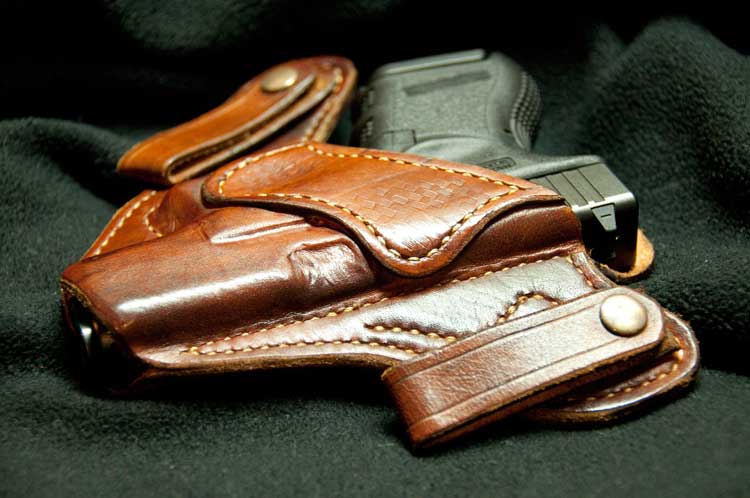
Once you get into building your own AR-pattern guns, you’ll start to ask yourself some questions. And one of the biggest queries among AR-15 builders is how barrel length can affect a gun’s muzzle velocity. That kind of data can be difficult to acquire if you don’t have a bunch of specialized tools and a range. Fortunately, SDI grad Caleb Downing has everything he needs to test how the barrel length of an AR-15 affects its muzzle velocity. Here’s the breakdown.
Does the Barrel Length of an AR-15 Affect Bullet Velocity?
Short answer: yes. When you shoot a gun, expanding gasses from igniting powder forces the bullet forward through the barrel. The longer the barrel, the more force this expanding gas can impart on the bullet. If a barrel is short, the gun can’t impart as much force, lowering muzzle velocity. While it is possible for a barrel to be “too long” and slow a bullet down, this doesn’t really happen in practical situations.
Caleb took three different rifles out to the range to test their muzzle velocity:
- 20 inches: This rifle uses the same barrel length as an M16A4. It also had a flash hider on the end, which Caleb mentioned can affect velocity.
- 10.3 inches: The same length as an Mk18 MOD 0, used by U.S. Special Forces for close quarters battle (CQB) operations. Currently a darling of the online AR-15 community.
- 7.5 inches: Dubbed the “short little obnoxious guy” by Caleb, this rifle has an extremely short barrel for a .223 gun. That makes it extremely loud, since the bullet leaves the end of the barrel before all the powder is burnt off.
After introducing us to each of his uppers, Caleb got to shooting.

AR-15 Barrel Length Chart
Here’s how different barrel lengths affected bullet velocity in Caleb’s video.
|
Barrel Length (Inches) |
Velocity (Feet Per Second) |
|
20 (same length as M16A4) |
3057, 3106, 3132 Average: 3098 |
|
10.3 (same as Mk18 MOD 0) |
2663, 2702, 2727 Average: 2697 |
|
7.5 (“shorty little obnoxious guy”) |
2394, 2363, 2375 Average: 2377 |
At the end of his video, Caleb mentioned that these numbers mean nothing in a vacuum. Instead, they’re meant to help you determine the best barrel lengths for your particular needs. For example, a longer barrel is better suited for long-distance shooting than a shorter one would be.
Other Factors That Affect Velocity
Okay, so we know that barrel length makes a huge impact on a bullet’s velocity. However, it’s far from the only variable at play. Here are some other factors to keep in mind.
- Bullet Weight: Along with barrel length, bullet weight has the most significant effect on a bullet’s ballistics. Keeping all other variables the same, heavier bullets have lower muzzle velocity than lighter bullets do. In his video, Caleb used a 55-grain steel cased .223 imported by Tula.
- Bullet Type: This matters more with AR-15s, but a MIL-SPEC 5.56 generally has a higher velocity than a commercial .223 does.
- Powder Type: Not all cartridges use the same powder. Different manufacturers use different chemical makeups for their powder recipes, which affects velocity.
Combine Firearms and Science at SDI
Do you love rolling up your sleeves and testing the capabilities of your firearms? At SDI, so do we. Learn more about how to design, build, and get the most out of your firearms with SDI. To learn more, explore the programs we offer.



